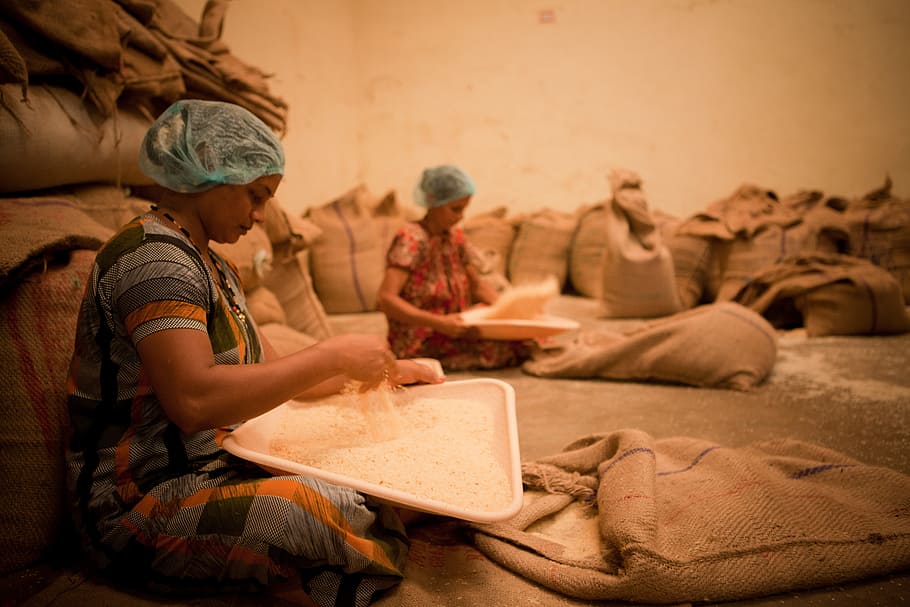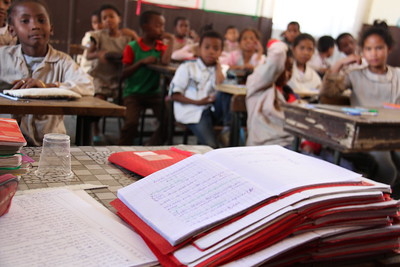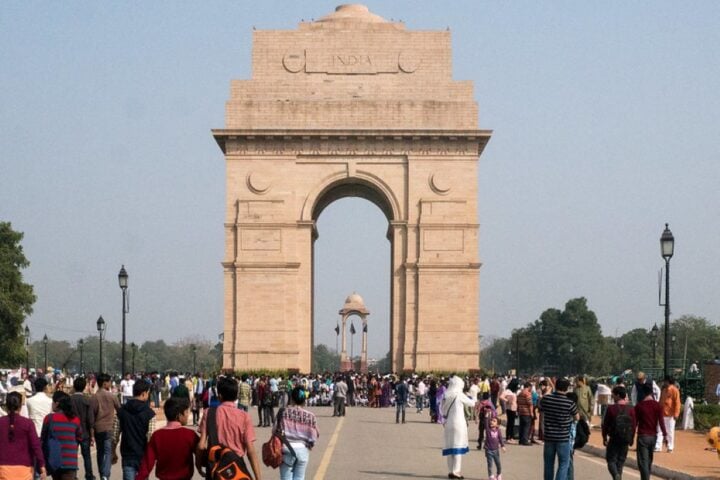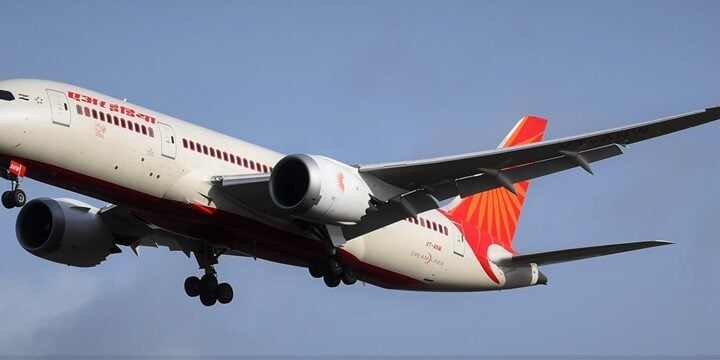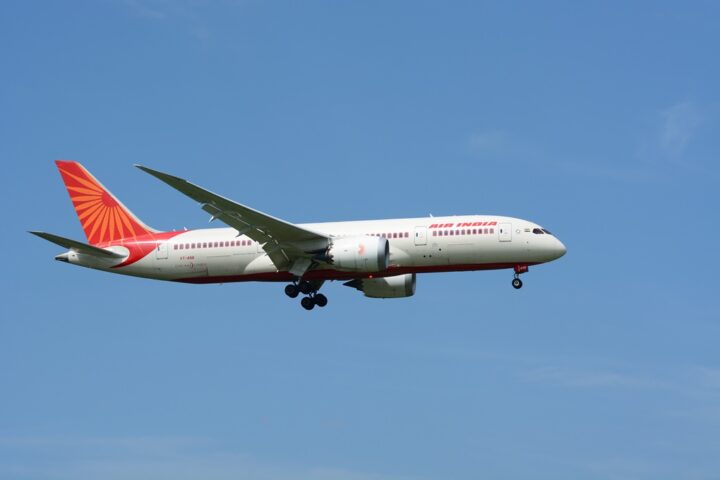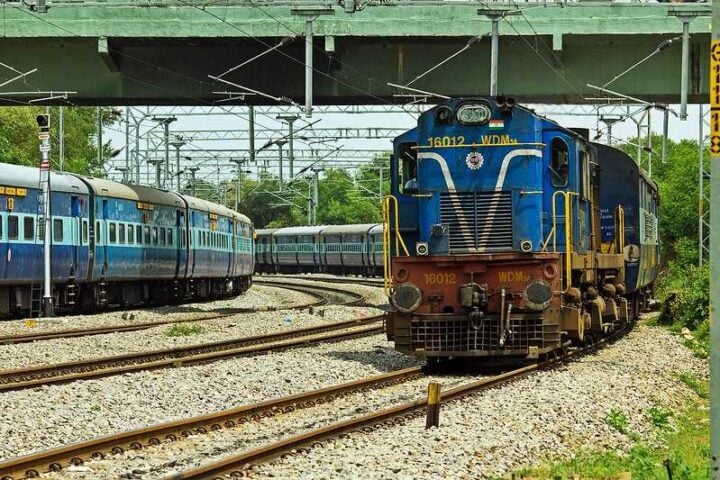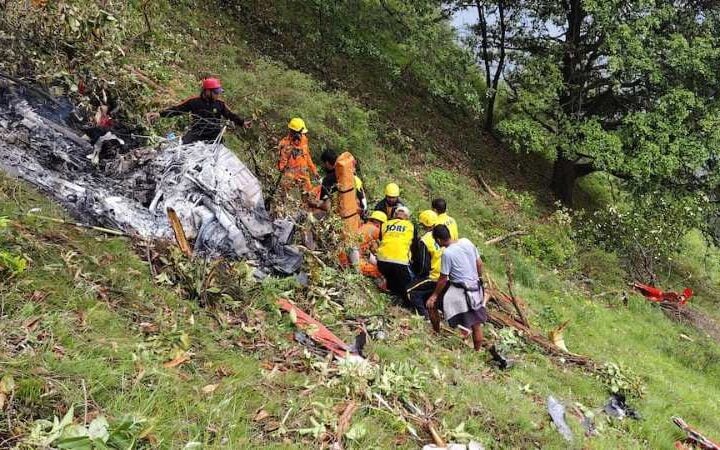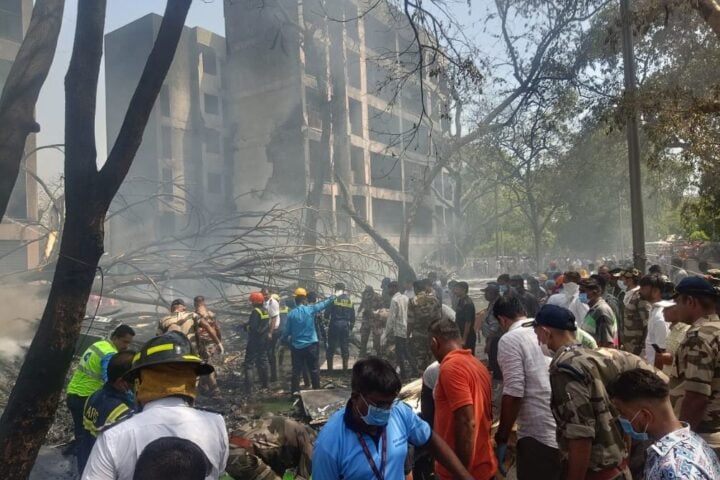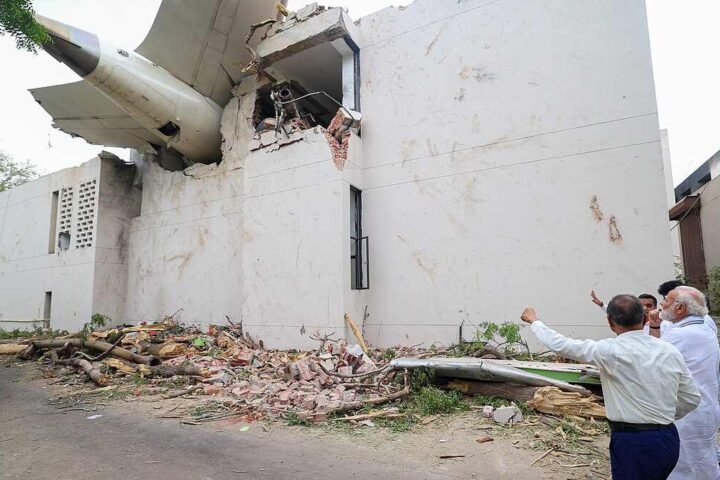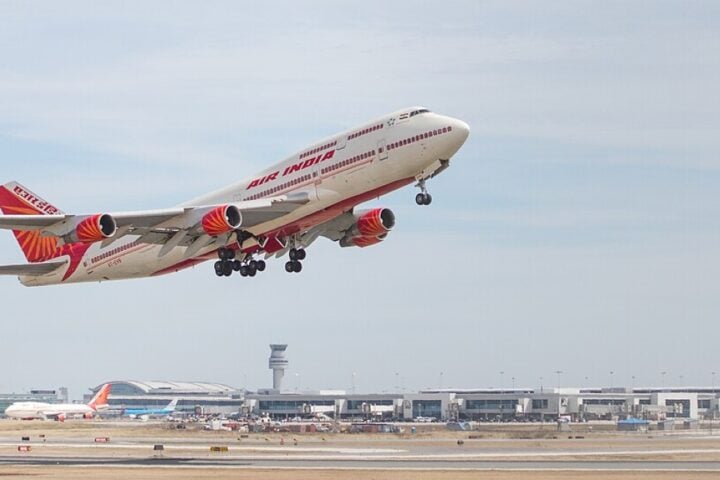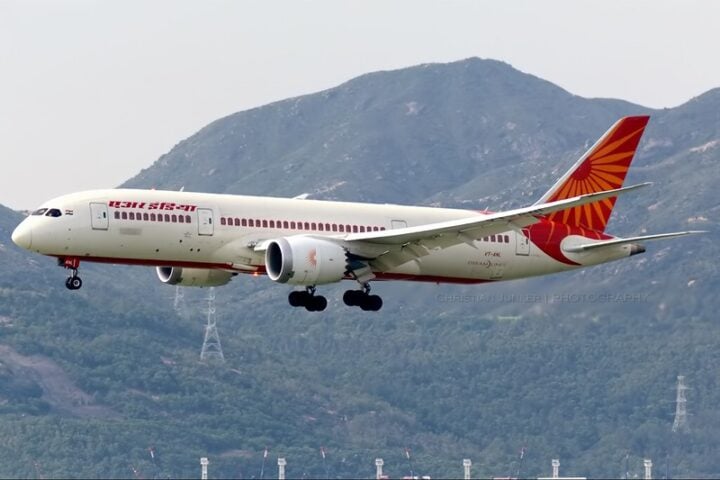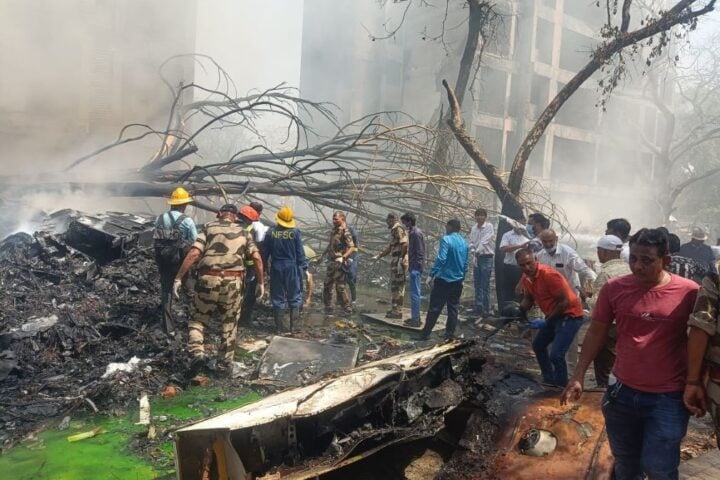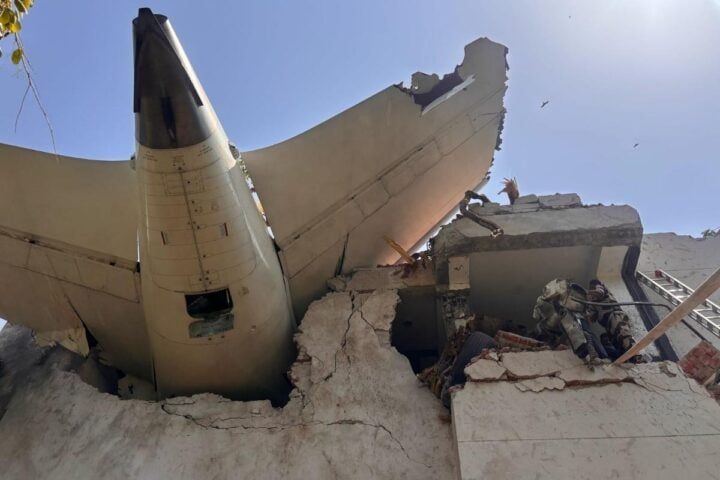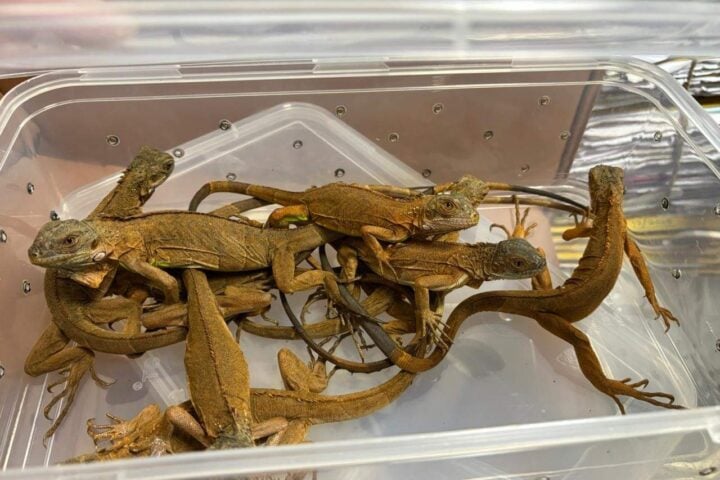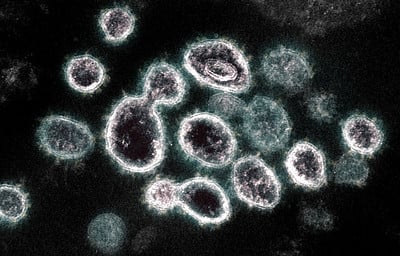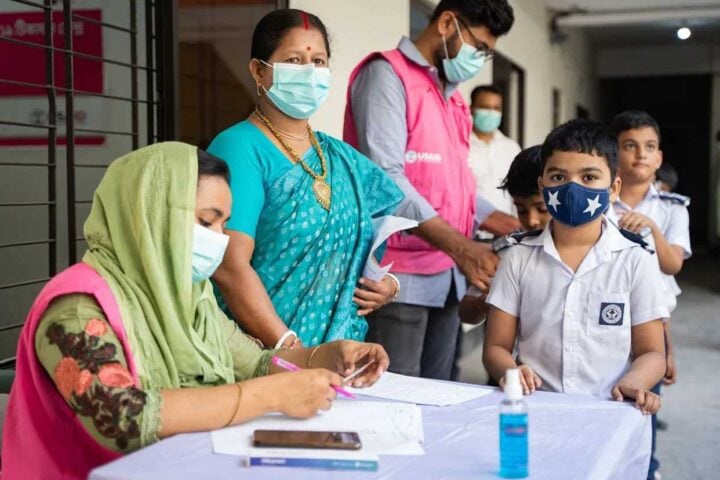A study conducted by DBS Bank& Crisil reveals that an annual income of Rs 1 million may place you within the top 15% of Indians in terms of earnings, but if you are a woman, it may still not be enough to achieve financial independence. The study showed that most women, who are independent in making financial decisions are either over the age of 45 or they earn more than Rs 4 million in a year. Which city women call home is another factor that determines financial freedom.
While 47% of the women earning more than Rs 1 million per annum said that they took financially independent decisions, the number was lower (41%) for younger women & the not-so-affluent ones. On the other hand, about 65% of women over 45 years of age said they enjoyed financial freedom. DBS Bank India MD & CEO Surojit Shome said, “Insights from this study will have implications for policy making, the financial sector & society at large, given that the current participation of women in the Indian labour force is just 37% & the gender pay gap is not decreasing fast enough.
Women across the country aged 25 & above, with incomes starting at Rs 1 million per annum, & professionals as well as salaried women in industries such as IT (Information Technology), education, pharmaceuticals, & consulting were surveyed by DBS & Crisil. Experience & improved understanding of financial products could be attributed by the increased financial independence with age.
A huge difference in independence in financial decision-making is made by affluence. Nearly 58% of women with an income of Rs 4 million to 5.5 million per annum make their own monetary decisions compared with 38% in the semi-affluent (Rs 1 million- 2.5 million per annum) category. This disparity can be attributed to affluent women having higher financial literacy & a greater access to resources.
The regional disparity in financial freedom is stark. For instance – Chennai with high-paying IT jobs & a global work culture sees 72% of its women confidently making financial decisions. Coimbatore, however, has only 31% of its women taking financial decisions independently, despite its economic growth. While 65% of women in Delhi steer their own financial decisions, driven by the city’s cosmopolitan culture & myriad opportunities, Gurugram presents a contrasting picture with only 44% of women making independent financial decisions.
The DBS & Crisil Study looked at the financial priorities of respondents. Even as the top priority was to own or upgrade their homes (21%) in the West, in the North, the top priority was planning for retirement (17%). Interestingly, children’s education is a top priority in the East (33%) & the South (28%). Thus age, affluence & address shape women’s financial freedom. Also, awareness & access to resources matter.
The percentage by age group is as follows: 65% – 45 years & above, 47% – overall, 41% – 25 to 35 years. Nearly 58% of women with an income of Rs 4 million to 5.5 million per annum make their own financial decisions compared with 38% in the semi-affluent (Rs 1 million – 2.5 million) category. Chennai – with high-paying IT jobs – sees 72% of women making financial decisions. Coimbatore, however, despite its economic growth, has only 31% of its women making their own financial decisions. In short, less than half of women earning over Rs 1 million per year are financially independent, according to the above study.
